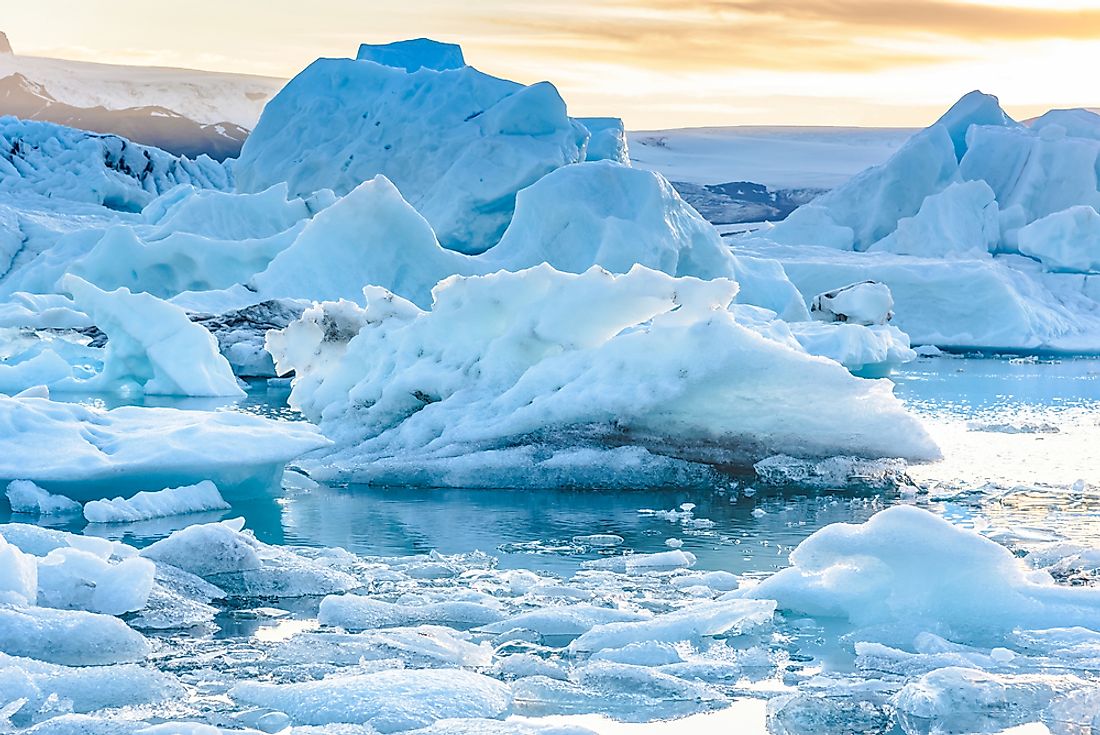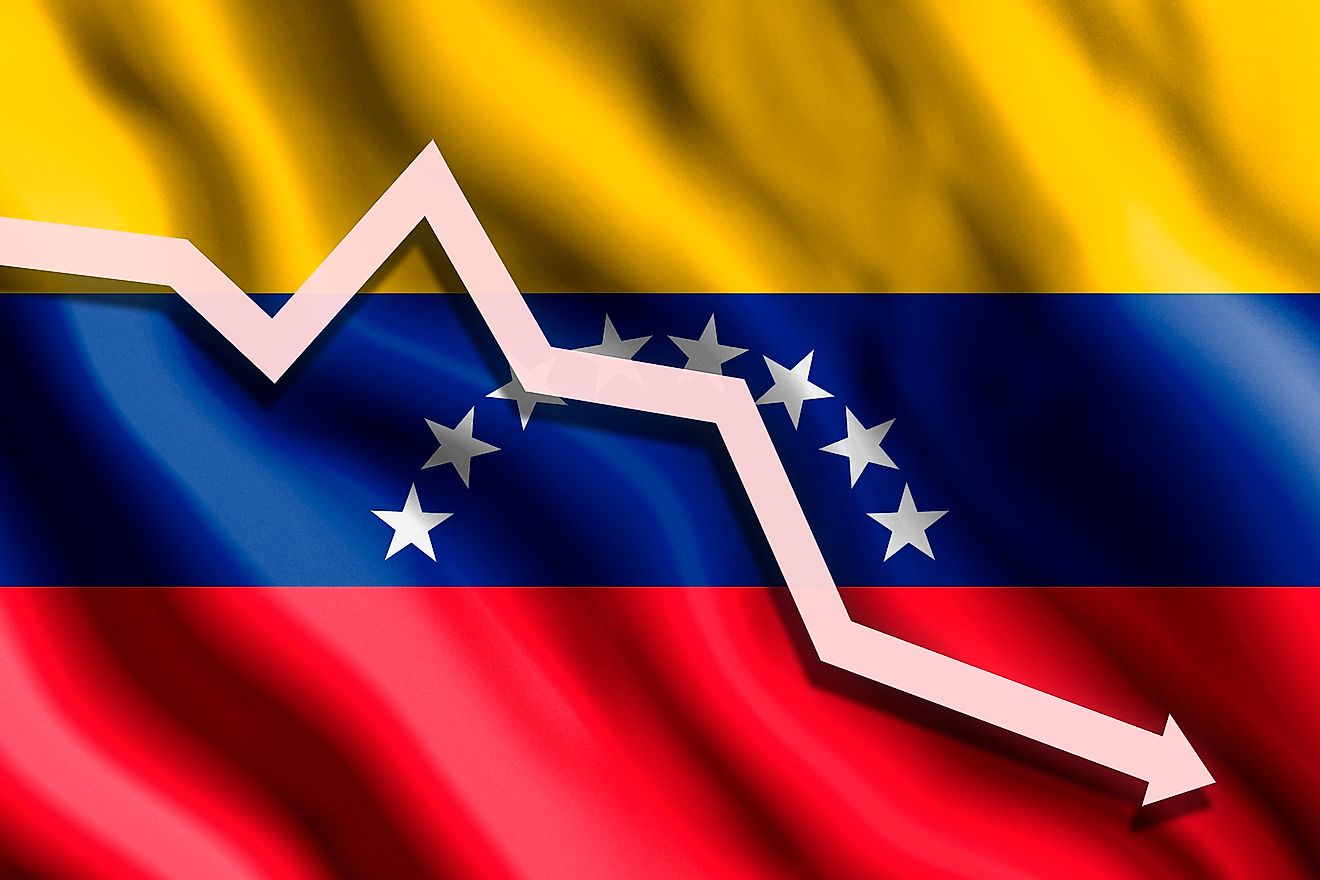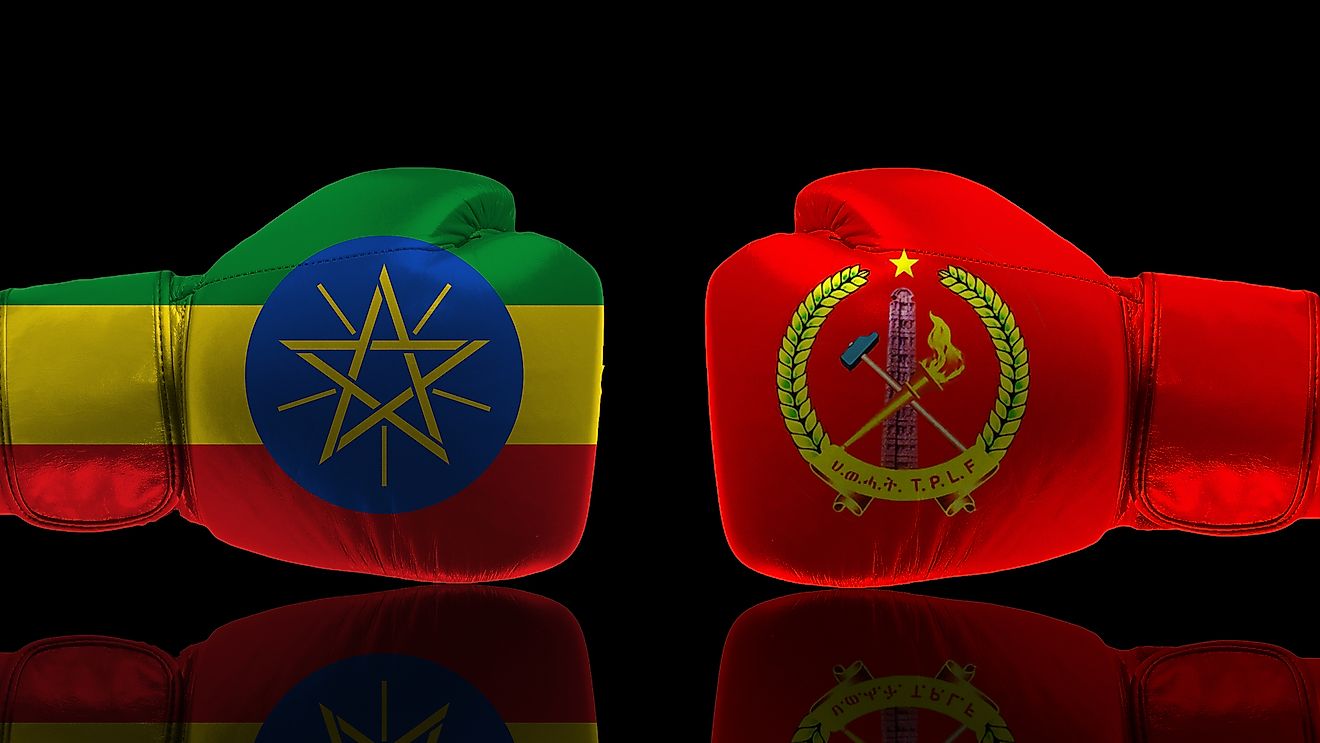What Is Glaciology?

What Is Glaciology?
Glaciology is the research and study of glaciers, ice sheets, sea ice, seasonal snow, frozen ground, and any other natural occurrence that involves ice and its effects on the environment. By focusing on these types of ice, researchers are able to learn more about the past and current global climate trends. To determine these climate trends, scientists measure the depth of frozen ground, the thickness of sea ice, glacier volume, and the physical and chemical properties of ice core samples.
In order to study ice and the environment, glaciology is a combination of several scientific disciplines, including geology, geomorphology, climatology, hydrology, biology, ecology, geophysics, and geography. A subcategory of this science is astroglaciology which was created after the discovery of water ice on the moon, Europa, Mars, and Pluto. The most common focus of glaciology is on glaciers. This article takes a closer look at some of the terms used in glaciology.
Types Of Glaciation
Glaciologists, who focus on the study of glaciers, have identified two types of glaciation that occurs on the earth’s surface: alpine and continental.
- Alpine glaciation refers to accumulations of ice that is confined to valleys. This ice moves down these valleys via mountainsides in order to reach the large plain areas below. During their slow movement, alpine glaciers carve out the landscape, deepening ravines and sharpening ridge lines. As a result, the land near alpine glaciers appear to be more rough and jagged.
- Continental glaciation refers to large areas of ice coverage, which has accumulated over a wide range of landscapes and is mainly found in the northern hemisphere. Continental glaciers cover thousands of square miles and measure thousands of feet in thickness. Today, they are mainly found in Greenland and Antarctica. These glaciers tend to wear down the surrounding landscape into smooth surfaces.
Types Of Glacial Deposits
Glaciers move in a number of ways and at a variety of speeds. These factors work together to influence the types of deposits left behind by these moving masses of ice. The two major categories of glacial deposits are stratified and unstratified.
- Stratified glacial deposits are divided into 5 subcategories: kames, eskers, varves, kettles, outwash sand and gravel. Kames deposits are layers of drift carried by glaciers. This drift is deposited along the sides of steep, low elevation hills. Esker deposits are ridges of gravel and sand found along steep inclines. These deposits have been left behind by water moving under ice. Varve deposits are found within proglacial lakes. These are changing layers of deposit that alternate between course (from the summer season) and fine (from the winter season) sediment. Kettle deposits occur when a large body of ice forms a hollowed out area in the ground. Outwash sand and gravel refers to what is left behind on flat areas and plains. This sediment was deposited from the front of a moving glacier.
- Unstratified deposits are divided into 4 subcategories: moraines, ribbed-moraines, drumlins, and till-unsorted. Moraine deposits refer to the sediment and waste left behind as glaciers melt. These deposits may occur on all sides of the glacier. Ribbed-moraine deposits create long, subglacial hills. Drumlin deposits are smooth hills that are made up of till. Till-unsorted deposits occur in a range of sediment size, from flour-like to boulder-like. Till-unsorted deposits may form both moraines or drumlins.











